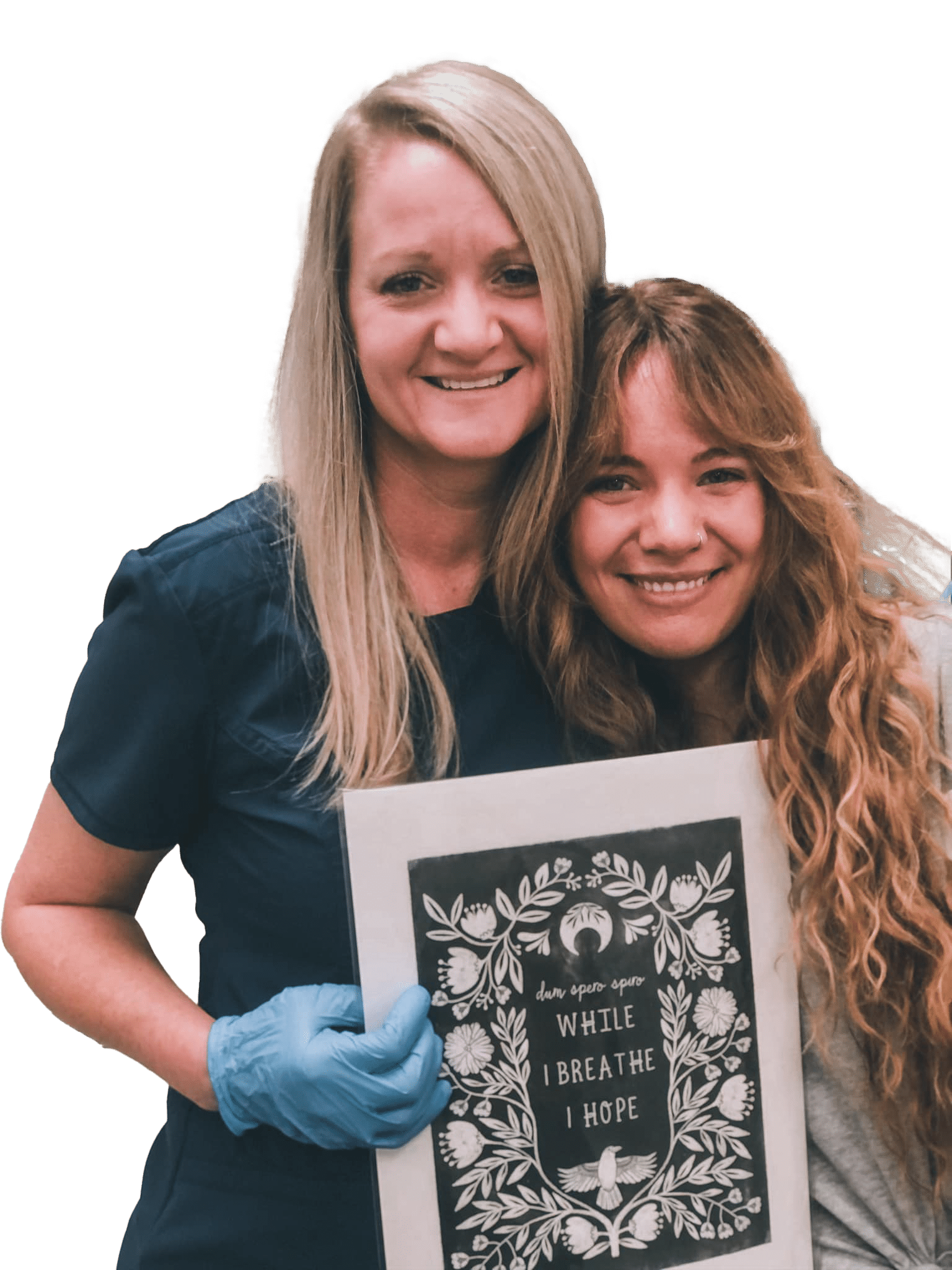Traditionally, CRPS is managed through nerve blocks, ketamine treatments (a strong tranquilizer used for animals such as horses), opioids, Fentanyl patches, and spinal cord stimulators implanted next to the spinal cord. In Carlos’s case, it had progressed and attacked his gastrointestinal tract, causing burning pain every time he tried to eat. When I met him, he could only eat a few spoonfuls of chicken broth at a time. This would cause him to curl up in excruciating pain for hours after each meal. Carlos was forced to give up his career as a police officer because of his illness. He had lost 60 pounds and his pain was out of any medical control. He had gone through all the standard treatments for CRPS, all providing no real relief.
Carlos was accompanied by his wife that day, holding their nine-month-old baby boy, Sean. Carlos was in severe pain, his head down and skin drained of all color. His suffering was carved into his face for the world to see. I remember looking at that little boy and trying to imagine his life without his father in it to see him grow up. The whole time I was taking Carlos’ medical history, his wife was his voice. Carlos was sitting with his head down, in too much pain to speak. He had been in countless medical offices before. To him, I was just the next in a long line of doctors who could not help him and did not understand. His wife, Tonya, told me that she feared for his life. Carlos had lost the will to live.

Carlos completed his treatment 12 weeks later, all his pain was gone. He was a different human being than the one who first walked into my office. I was addicted. Being part of his miracle was the single most thrilling moment of my life. I had found my calling. I became obsessed with helping those patients who could not find help anywhere else, and I vowed that I would bring my skills to others who suffered. Today, nine years later, Carlos is still in remission. Carlos went on to become a youth minister, helping many others who feel hopeless and who have reached rock bottom. Carlos’s family got him back, happy and whole, the man he was supposed to be. His son (now 10) is growing up with a father, his wife with a husband.
I treated Carlos that day with a simple technique designed to improve vagus nerve function. Logically, I thought that it was a good fit for his condition. If the vagus nerve was once again communicating, it could, in theory, decrease his inflammation and therefore decrease his pain. However, I had no idea if it would work. My efforts seemed too small to make a dent in his misery. Carlos left; his pain decreased. He went to a restaurant and ate a full meal, causing him no pain. The next day, he returned, his color improved, and his pain dramatically decreased. On Carlos’s face, I saw the birth of hope. I have since learned that hope is the most powerful ingredient in any healing process. The moment you restore hope, all else becomes possible. I had gained his trust.

Our patients have now come to us from 52 different countries. Soon, we will run out of space as our waiting list is growing. In an effort to accommodate our growth we are designing a small hospital that will be named the Spero Clinic. Spero means hope in Latin. Our motto is also Latin: “Dum Spiro Spero,” meaning, “While I breathe, I hope.”

Start your patient journey with the Spero Clinic's neurologic rehabilitation program.
